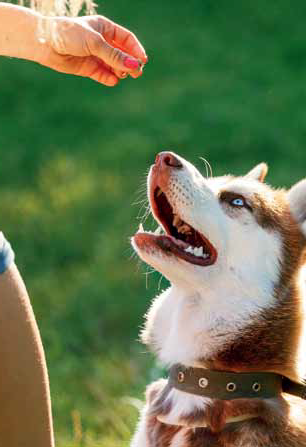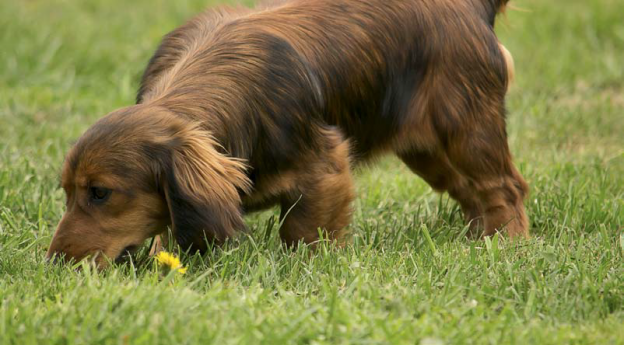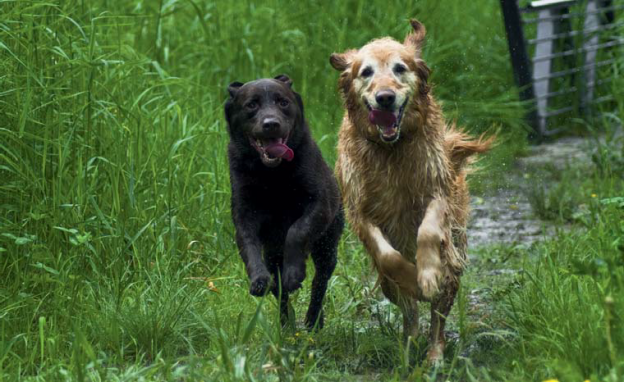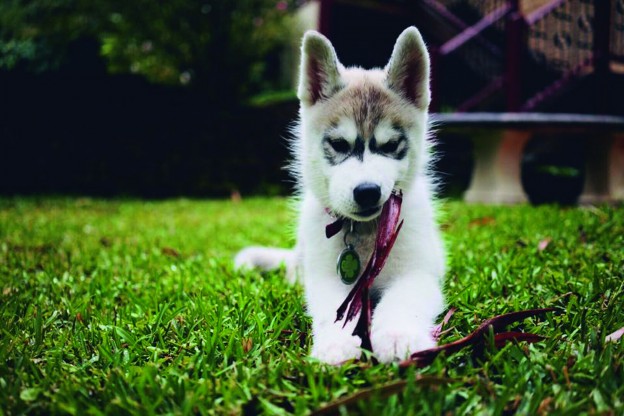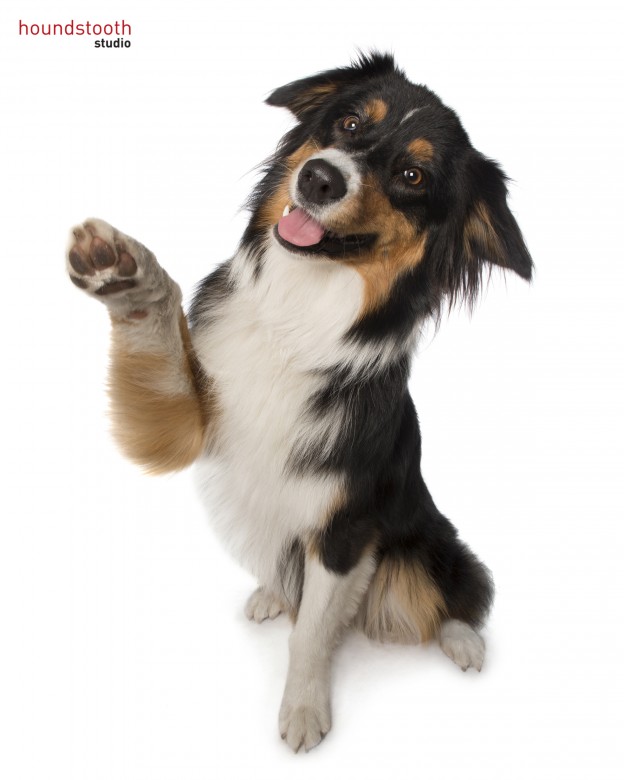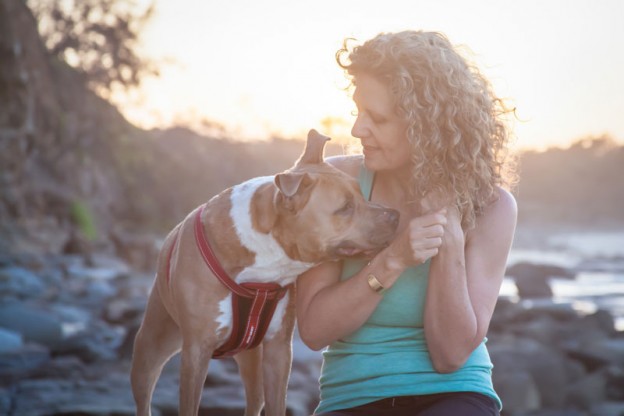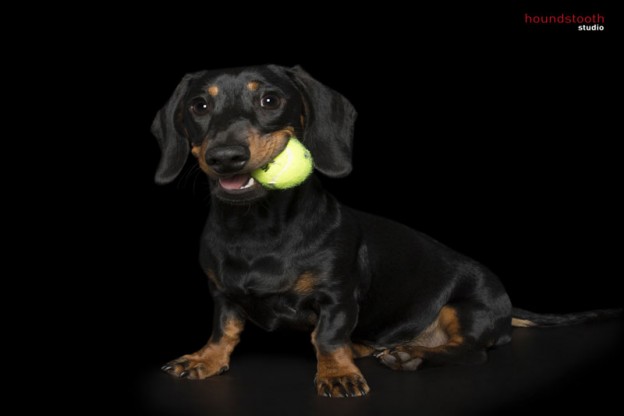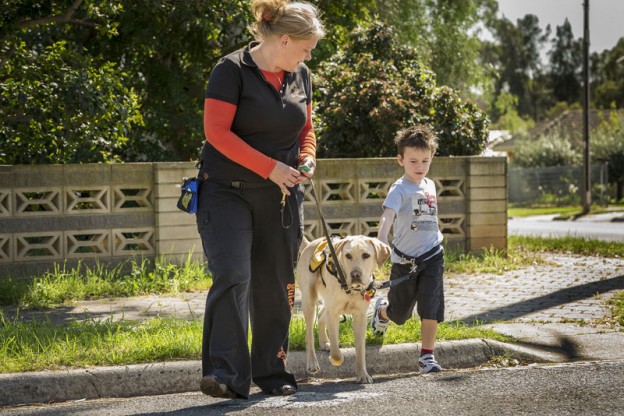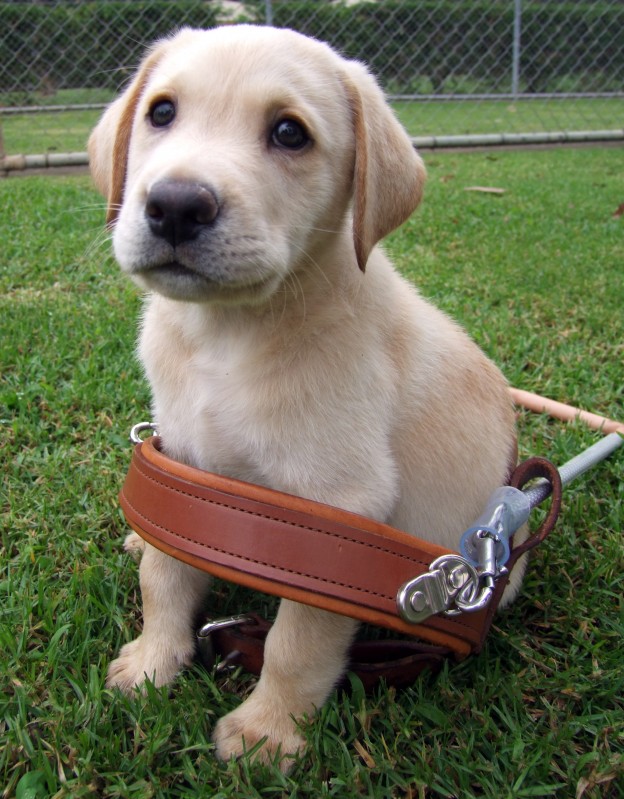Training is one of the things dog owners can struggle most with. We’ve got ten tips to help you out!
Give your dog’s brain a workout and impress your friends with these three advanced doggy tricks. Tim Falk reports.
They’re cuddly, cute and messy to boot. Carrol Baker looks at the ins and outs of toilet training your puppy.
From beach trips to fun doggy sports and everything in between, there’s plenty you can do to keep your canine companion entertained this summer. You just need to find the activities he likes best. Tim Falk reports.
Positive reinforcement is a term often bandied about when discussing dog training. Laura Greaves finds out what it’s all about.
The old saying ‘you can’t teach an old dog new tricks’ may be popular, but is it really true? Kylie Baracz discovers what games you can still teach your senior pet.
It’s every responsible dog owner’s worst nightmare. Laura Greaves investigates what you should do if the unthinkable happens.
Cold weather giving you the winter blues? Try these top five indoor activities to keep you and your dog active, writes Kylie Baracz.
Whether working on a farm or providing vital assistance to people living with special needs, recent studies have shown that the key to a working dog’s success is a positive environment, writes Kate Potter.
Have you ever thought how assistance dogs go from playful pups to sensible and loyal companions? Kylie Baracz speaks to the organisations that train dogs to help us in times of need.
Follow Us on Instagram
Error: No feed found.
Please go to the Instagram Feed settings page to create a feed.
